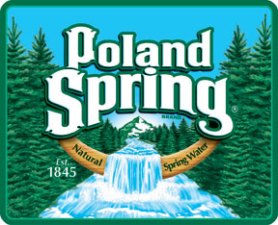I recently came across an innovative work desk setup that helps to harness its own energy, effectually producing and using its own recycled energy in a self-sustaining cycle. (Although the setup does not yet produce enough energy to completely power its many electronic vices, the idea is that it will one day be completely self-sustainable, and therefore, completely unplugged from any power source other than itself.) The desk design, appropriately called “Unplugged,” was designed by Eddi Törnberg, and is meant to generate all the energy it needs from everyday office activities of the person sitting behind it.


The desk setup has outstanding features, such as the ability to harness power from the heat energy transferred from the user’s computer to the desk top, and even from the user’s back to the back of his or her chair. The floor mat or rug that is also part of the design has been constructed with technology that allows it to harness energy from the pressures applied to its surface, from walking over it or sitting upon it.
While the idea is still far from mass development or even complete sustainability as an independent workspace, it carries with it a tremendous amount of integrity as an engineering feat. I recommend you look a bit further into this truly intriguing design. It may very well be the precedent necessary to slowly reconstruct the future as we come to imagine and realize it. These green, eco-friendly designs can come to change the world someday, and it could happen in fewer more beneficial areas than within the workplace.

